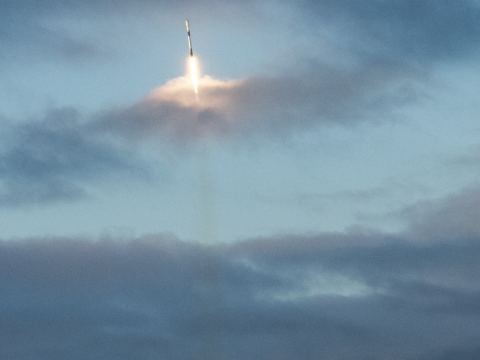Defense Contractor Revamps Its Structure
ITT Corporation realigned its former Defense Electronics and Services segment into ITT Defense and Information Solutions on January 5. The move consolidates the business' seven divisions, or "value centers," into three in an effort to streamline efficiencies and to respond better to its anticipation of future customer needs. Officials with the company believe the change will strengthen ITT in an increasingly competitive defense market.
The three new divisions are Electronic Systems, which combines the former Electronic Systems and Communications Systems divisions as well as some of the Intelligence and
The new Geospatial Systems value center handles network sensors, including air and space sensors, image/infrared/digital sensors and air/ground/space systems. This work transitions ITT's capabilities from disparate image acquisition to image processing and distribution across the network. The
John Shephard, vice president of strategy and business development, ITT Defense and
By combining value centers, Shephard says that ITT will have more capabilities to focus on network-centric efforts and that internally, the company will enhance information sharing while reducing duplicative efforts. The seven previous divisions often had crossover projects that required collaboration. The realignment will better leverage ITT personnel and investment. "It will make our operations more efficient," Shephard states. In the process, the approximately 24,000-person workforce is expected to reduce by 2-3 percent. Some personnel may have to relocate, but major manufacturing centers should not be affected.
According to Shephard, the change should not interfere with any existing clients or contracts, though it should improve the efficiency of ITT's work. "This does not pose any risk to any current contracts," he states. "All our obligations will remain in effect." He does expect the consolidation to impact future contracts the company pursues. "It will definitely have an effect," he says. "With the capabilities we now combine into our three new value centers, we see being able to provide better solutions for our customers on a more competitive basis."




Comments